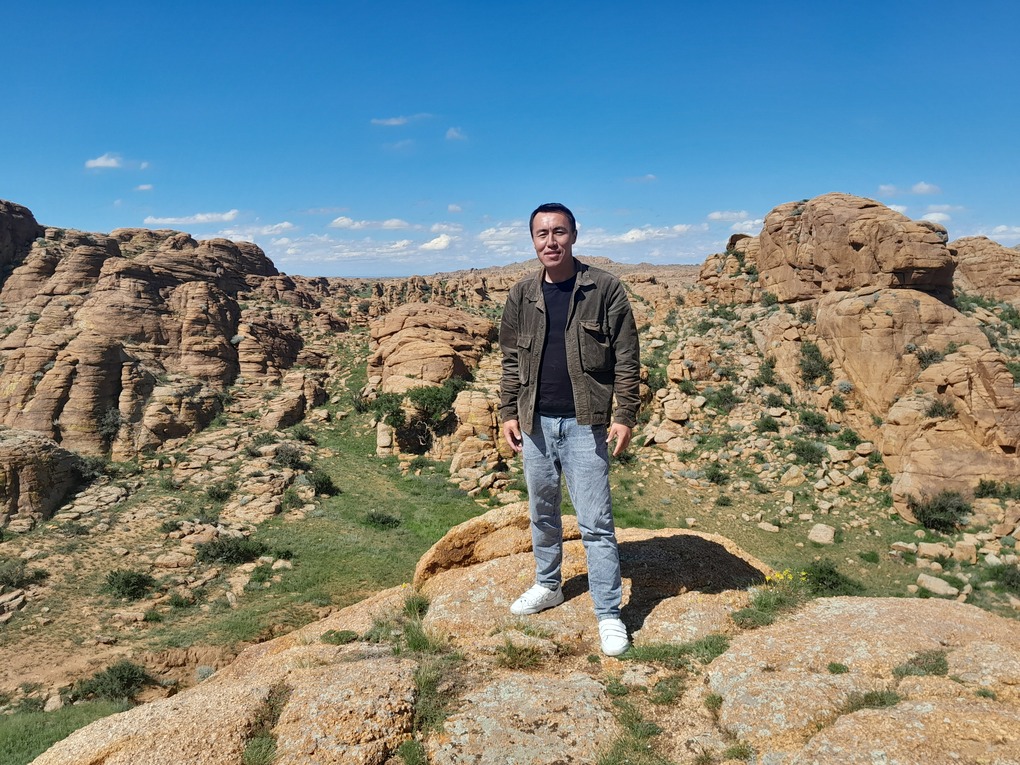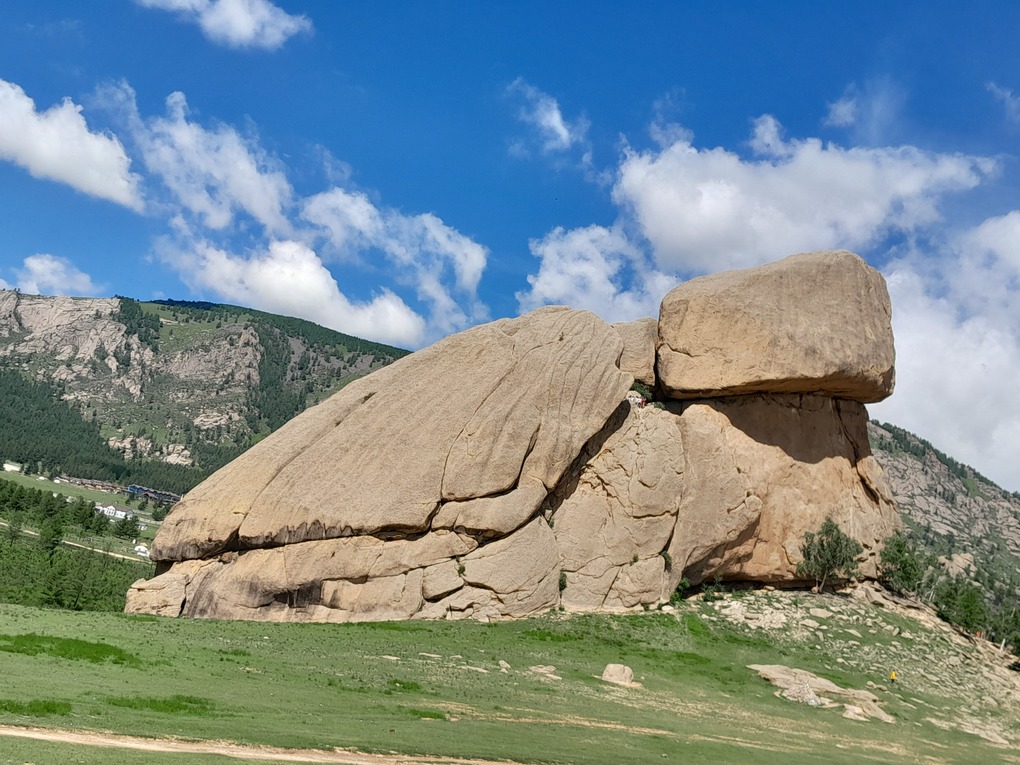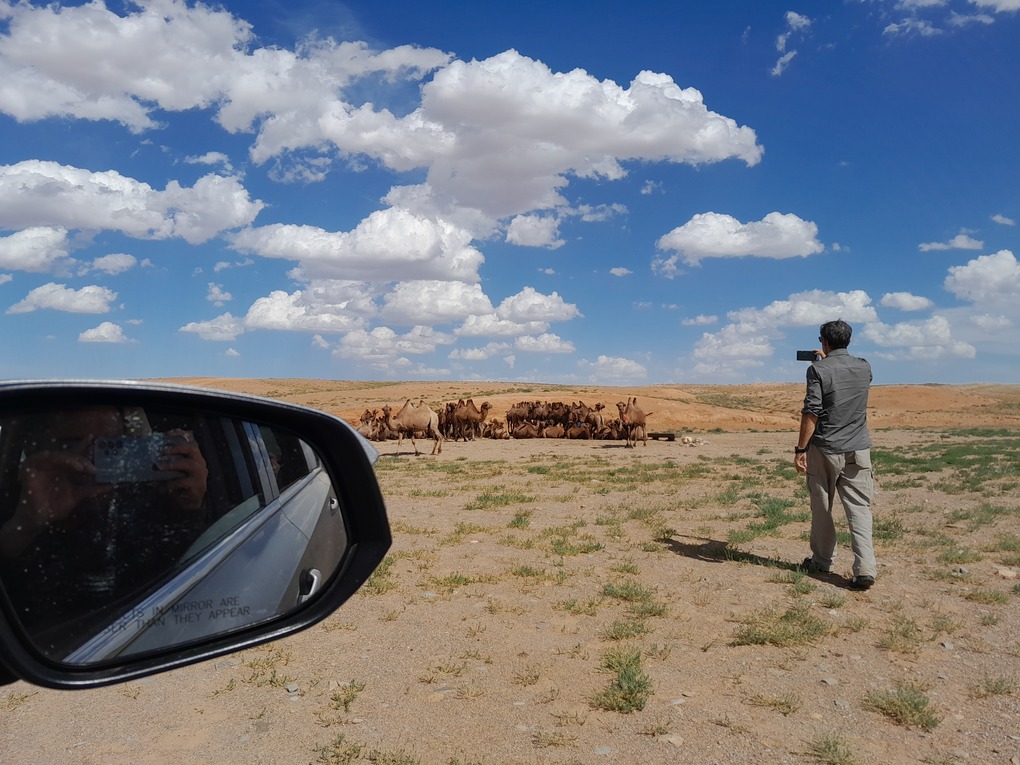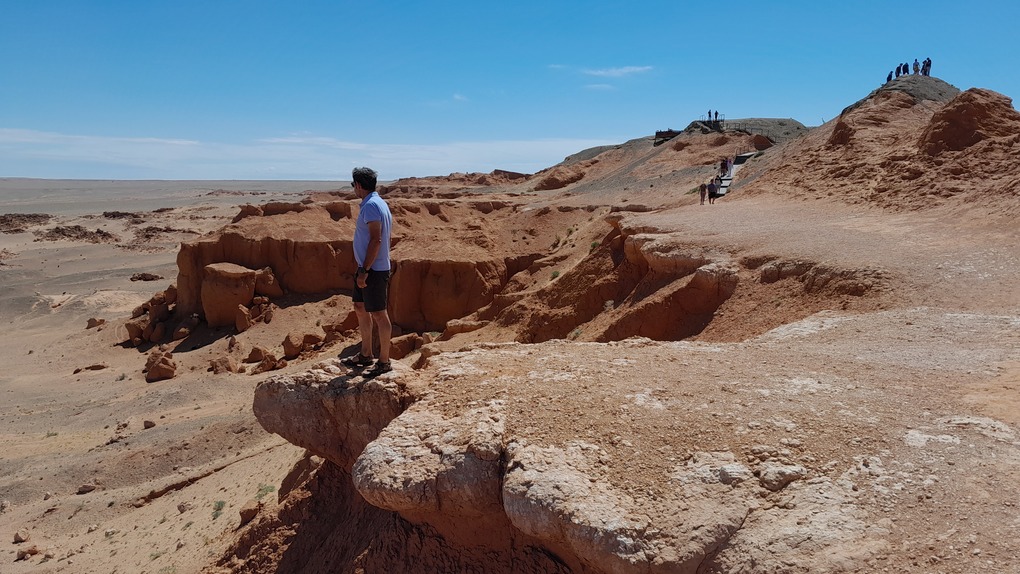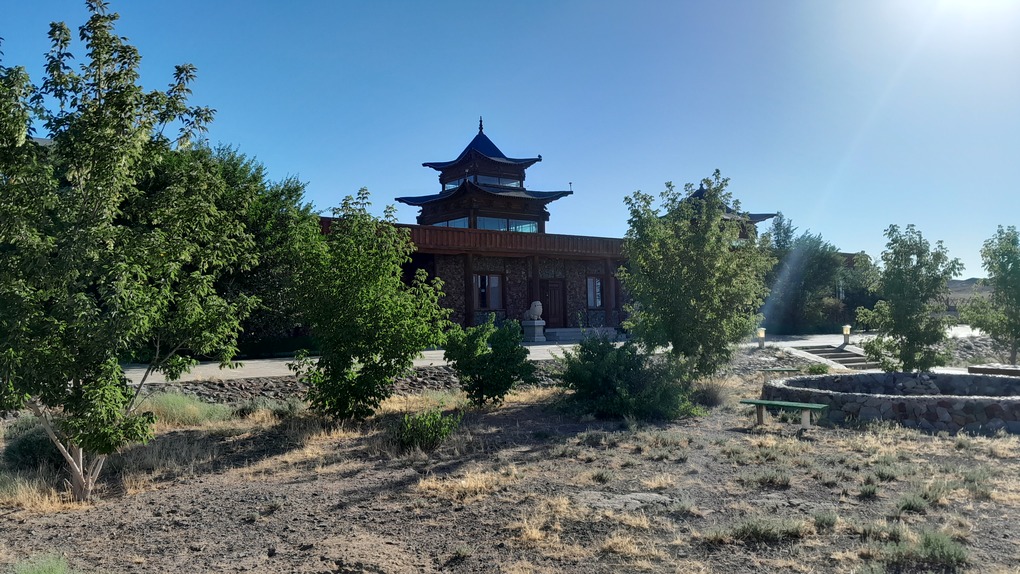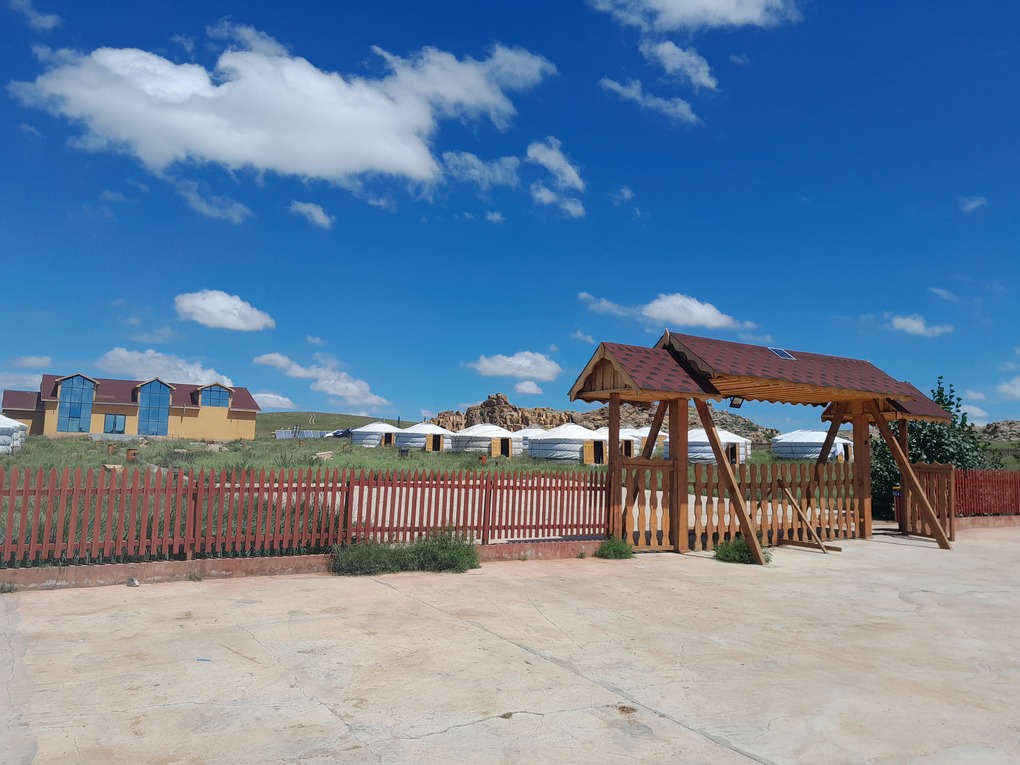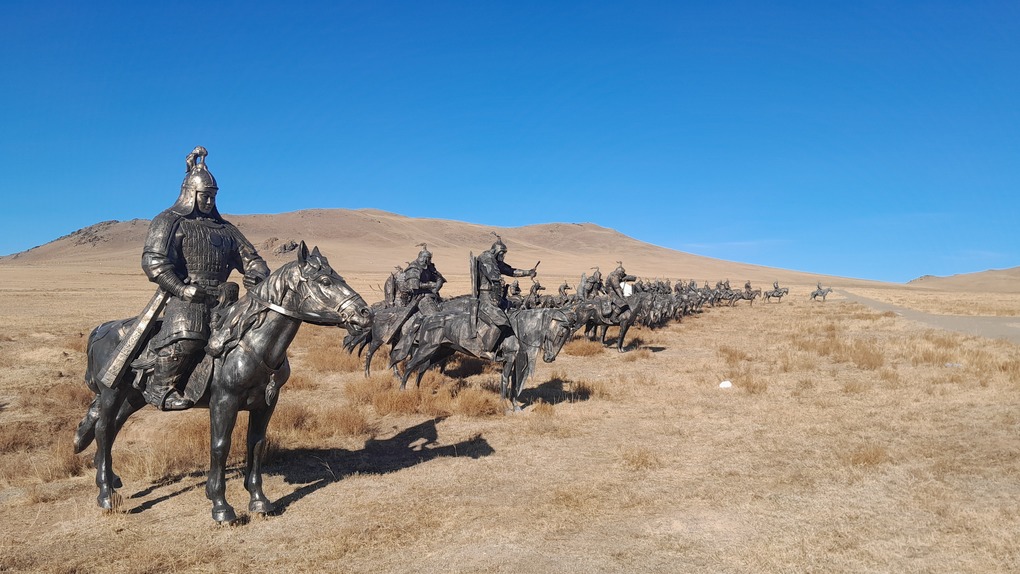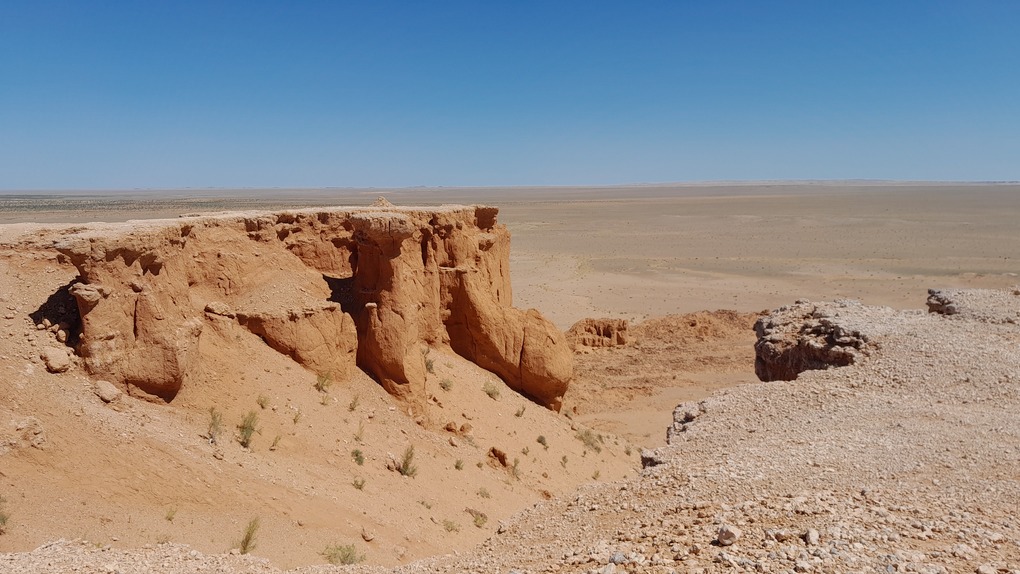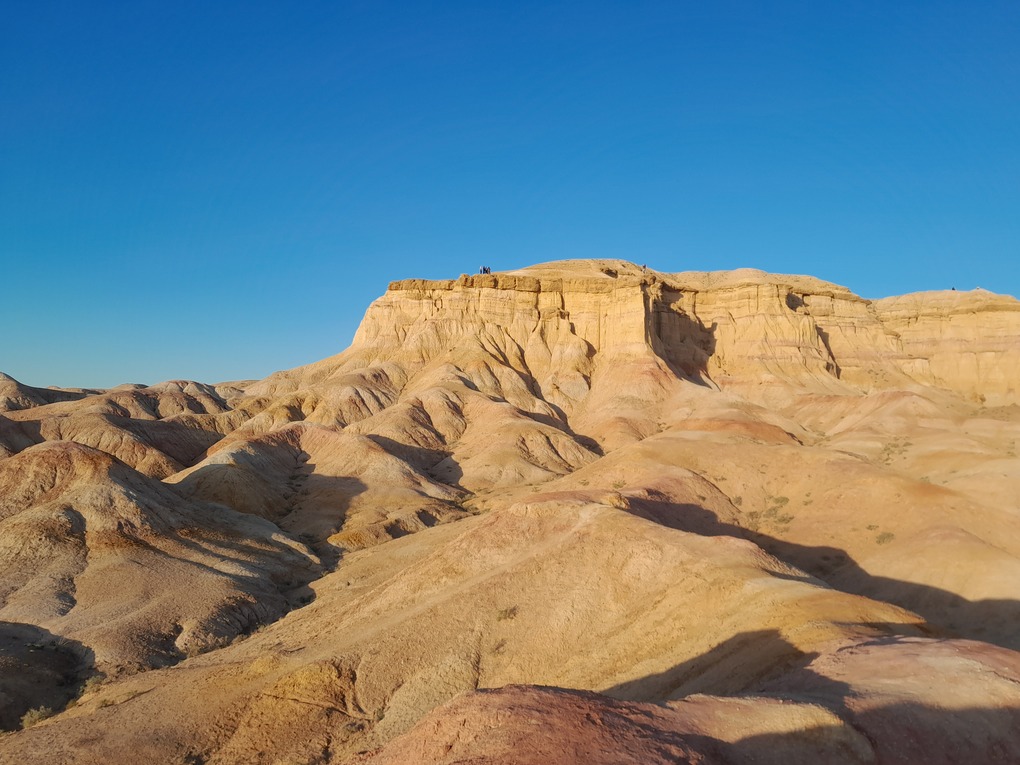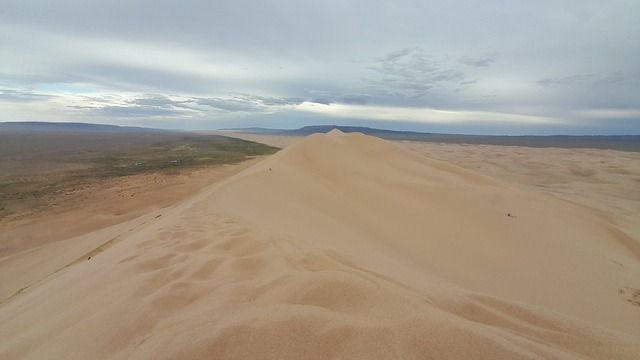Short description about Gobi desert:
The Gobi Desert stands as one of the most awe-inspiring landscapes on Earth, shaped over time by the raw forces of nature. Its canvas is a blend of transparent yellow sands, salt marshes, and rugged rocks, set against a backdrop of shimmering heatwaves and an encompassing silence. Surprisingly, the sandy regions constitute only 3% of the desert’s entirety; the remaining expanse showcases a diverse array of clay formations and rocky vistas, each captivating in its own right and providing habitats for a multitude of plant and animal species. Among its inhabitants are black-tailed gazelles, gobi brown bears, wolves, saigas, and camels, each having adapted to the harsh conditions of desert life. The Gobi also hosts a select few elusive species such as mountain rams, kulans, sirens, and gazelles, making it a unique and precious ecosystem within our world.
Gobi desert tour itinerary:
Please click or tap on the titles to access additional details about the activities planned for the day.
Here’s a suggested packing list for a Gobi Desert tour in the summer:
- Lightweight, Breathable Clothing: Pack lightweight, loose-fitting clothing made of breathable materials like cotton or linen. Include long-sleeved shirts and pants for sun and insect protection.
- Hat and Sunglasses: Shield yourself from the intense sun with a wide-brimmed hat and sunglasses.
- Sunscreen and Lip Balm: Bring high SPF sunscreen and lip balm to protect your skin from the desert sun.
- Comfortable Shoes: Opt for comfortable closed-toe shoes or hiking boots suitable for uneven terrain.
- Sandals or Flip-Flops: Pack these for relaxation and comfort during downtime in the desert.
- Lightweight Jacket or Sweater: Nights can be cooler, so bring a lightweight jacket or sweater for warmth.
- Sleeping Bag and Camping Gear: If camping, bring a lightweight sleeping bag, camping stove, utensils, and other necessary gear.
- Insect Repellent: Protect yourself from insects with repellent.
- Water Bottle: Stay hydrated with a reusable water bottle for refills throughout the day.
- Personal Toiletries: Don’t forget essentials like a toothbrush, toothpaste, biodegradable soap, hand sanitizer, and any needed medications.
Remember to pack light and prioritize essentials. Check with your tour operator for any additional items they recommend. Have a fantastic trip!
Weather in the Gobi Desert:
The Gobi Desert, spanning across parts of northern China and southern Mongolia, experiences extreme weather conditions characterized by scorching hot summers and bitterly cold winters. Understanding the weather patterns is crucial for planning a safe and enjoyable journey through this vast and rugged landscape.
Summer (June – August):
During the summer months, temperatures in the Gobi Desert soar to sweltering heights, often exceeding 40°C (104°F). The days are long and dry, with clear blue skies dominating the horizon. Be prepared for intense heat and strong sunlight, necessitating adequate sun protection and hydration. Despite the scorching daytime temperatures, nights can be surprisingly cool, with temperatures dropping significantly after sunset.
Autumn (September – November):
Autumn brings relief from the searing heat of summer, with temperatures gradually cooling down. Days are warm and pleasant, making it an ideal time for outdoor activities such as trekking and exploring the desert landscapes. However, nights become increasingly chilly as autumn progresses, so be sure to pack layers to stay warm during nighttime.
Winter (December – February):
Winter in the Gobi Desert is characterized by harsh conditions, with bitterly cold temperatures and occasional snowfall. Daytime temperatures often hover around freezing, while nights can plummet well below zero. Strong winds whip across the desert, creating blizzard-like conditions and reducing visibility. Travel during winter requires careful preparation, including adequate cold-weather clothing, shelter, and provisions.
Spring (March – May):
As spring arrives, the desert landscape undergoes a transformation, with temperatures gradually warming up and new life emerging from the barren terrain. Days become milder, making it an excellent time to witness the desert’s natural beauty and vibrant flora and fauna. However, sudden temperature fluctuations and occasional sandstorms are not uncommon during this transitional season.
Key Considerations:
- Sun Protection: The desert sun can be unforgiving, so pack sunscreen, sunglasses, and wide-brimmed hats to protect yourself from UV rays.
- Hydration: Staying hydrated is essential, particularly during the hot summer months. Carry an ample supply of water and drink regularly to prevent dehydration.
- Layering: Temperature variations between day and night can be significant, so dress in layers to adjust to changing conditions throughout the day.
- Wind Protection: Strong winds are prevalent in the Gobi Desert, especially during winter and spring. Bring windproof clothing and gear to shield yourself from the elements.
By understanding the weather patterns and preparing accordingly, travelers can make the most of their journey through the mesmerizing yet challenging terrain of the Gobi Desert.
itravelnet.com – Travel directory.
